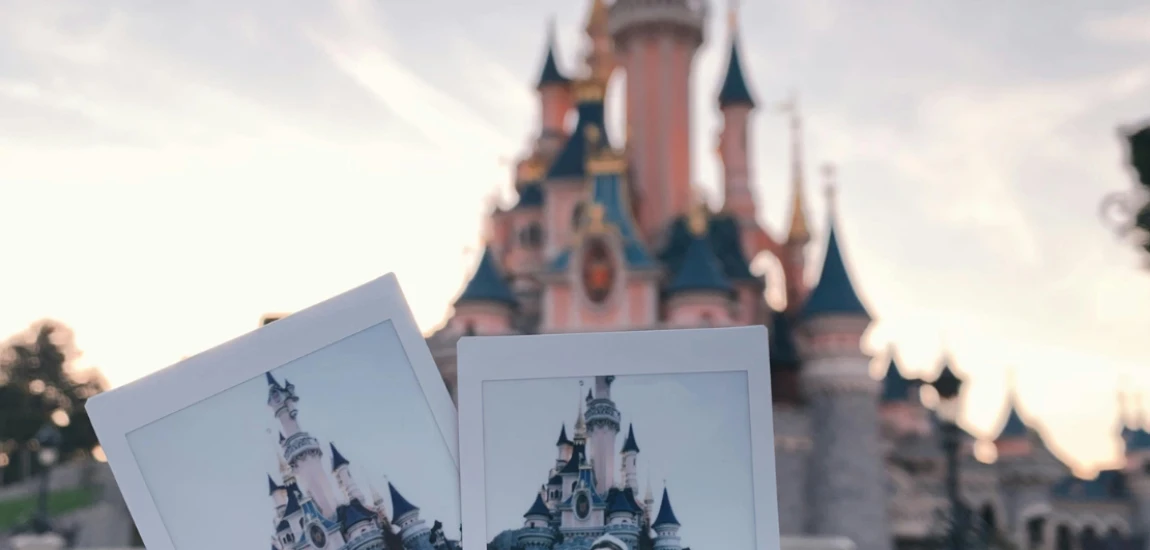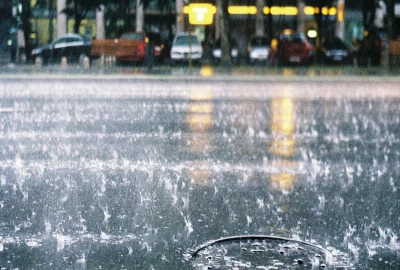Solo Travel Is Not a Personality—Here’s What It’s Really Like

Let’s set the record straight: solo travel is not a personality trait. It’s not a quirky badge of independence, nor is it a one-size-fits-all solution to personal transformation. It’s a deeply personal choice—one that’s often messy, liberating, exhausting, and unforgettable. If you’ve ever scrolled through social media and seen solo travelers sipping espresso in Rome or hiking mountain trails in Patagonia with poetic captions like “finding myself,” you might be wondering, what’s the real story?
The truth is, what solo travel is really like doesn’t always fit into a neat narrative. It’s more than freedom and selfies. It’s a crash course in resilience, decision-making, and self-discovery. Sometimes it’s euphoric, and sometimes it’s achingly lonely. But one thing’s for sure—it changes how you see the world and yourself.
In this blog, we dive deep into the realities of solo travel—beyond the filters and hashtags. Whether you're considering your first solo adventure or have already been bitten by the wanderlust bug, here’s what you need to know.
The Reality of Being Alone: Not Always Glamorous, but Deeply Rewarding
Solo travel teaches you how to be okay with being alone. And not the “Instagram alone” that still involves followers, comments, and likes. We’re talking about real, physical solitude—the kind where your phone is out of signal range and your thoughts are the only voices in the room.
In those moments, the silence can be deafening. There’s no one to share the blame if you get lost, miss a bus, or pick the worst hostel in town. There’s no one to laugh with over a bad meal or split the cost of a cab. You learn very quickly that your decisions are your responsibility—and that’s both terrifying and empowering.
But here’s the thing: it builds emotional muscle. You develop a stronger sense of self-reliance. You start listening to your gut instinct more than Google Maps. You become your own backup plan, your own cheerleader, your own translator. And that kind of growth doesn’t come from sitting in your comfort zone.
Yes, solo travel has its glamorous moments—watching the sunrise alone from a mountaintop or wandering through ancient ruins with no schedule. But those are earned. They come after you’ve pushed through awkward dinners-for-one, language barriers, and unexpected travel hiccups. It’s those tough parts that make the magical moments feel truly meaningful.

Freedom Comes with a Learning Curve
One of the biggest reasons people love solo travel is freedom. You can wake up whenever you want, eat where you want, and plan your day around your own interests—not someone else’s to-do list. Want to spend five hours in a museum or change your destination on a whim? No one’s stopping you.
But here’s a truth bomb: freedom can be overwhelming. With no one to bounce ideas off, every decision becomes a solo one. From booking transportation to choosing which alleyway street food stall looks safest, you’re in the driver’s seat the entire time. It can lead to decision fatigue, especially in countries where logistics aren’t straightforward.
Another reality? You can’t fully switch off. Safety is always on your mind—especially if you're a woman traveling alone. You calculate routes, watch your drink, memorize your surroundings. You're constantly aware of your vulnerability. That hyper-awareness is emotionally taxing, but it also teaches you to trust your instincts like never before.
That said, once you find your rhythm, solo travel becomes addictive. The independence, the flexibility, and the thrill of doing exactly what you want—it’s unmatched. You realize that freedom doesn’t just mean the absence of a companion; it means choosing what feeds your soul, moment by moment.

Loneliness Is Inevitable (And That’s Okay)
Let’s get honest: solo travel can be lonely. Even if you’re introverted or enjoy your own company, there will be times when you miss conversation, shared laughter, or simply someone to watch your backpack while you use the bathroom.
Celebrating your birthday alone, getting sick in a foreign country, or seeing a beautiful view with no one to share it with—those moments sting. No number of social media likes can fill that temporary void.
But loneliness isn’t the enemy. In fact, it’s part of the journey. Solo travel teaches you to sit with discomfort rather than immediately distract yourself. It forces you to examine your inner world—to ask yourself what you actually want, not what your partner or friends want.
And here’s the beauty of it: you often find connection in unexpected places. A conversation with a hostel roommate, a meal shared with a local family, or a chance encounter with another solo traveler—they can create bonds that feel deeply genuine, even if they’re short-lived.
Loneliness, in small doses, helps you reconnect with yourself. It strips away the noise and teaches you to be okay in your own company. And once you learn that, you carry that strength with you—even when you return home.

You Don’t Have to Be “Brave” to Travel Solo—Just Curious
There’s a myth that solo travelers are fearless. That they’re adrenaline junkies or eternal extroverts who never feel nervous. The truth? Most of us were terrified the first time. And maybe the second and third times too.
You don’t need to be brave to travel solo. You just need to be curious. Curious enough to push past the fear, curious enough to wonder what life looks like beyond your daily routine, and curious enough to believe you’re capable of navigating the unknown.
Solo travel is not about being unafraid—it’s about being willing to act despite the fear. It’s about showing up in unfamiliar places and figuring it out as you go. You’ll mess up. You’ll get lost. You might even cry on a train platform in a foreign country. But you’ll also laugh, learn, and grow in ways you didn’t expect.
The best part? That courage spills over into other parts of your life. After solo travel, you take more risks in your career, speak up in meetings, and stop waiting for the “perfect moment” to do what you want. Because you’ve already proven you can do hard things—on your own.

Practical Tips to Make Solo Travel Easier
If you’re planning to explore what solo travel is really like, here are some practical tips to help make your journey smoother:
1. Choose the Right First Destination
Start with a place known for solo-friendly travel, like Portugal, Japan, or New Zealand. They’re safe, easy to navigate, and welcoming to lone travelers.
2. Stay in Social Accommodations
Hostels, guesthouses, or small B&Bs are better for meeting people than big hotels. Look for hostels with common rooms or planned activities.
3. Use Day Tours as a Social Bridge
Joining local tours helps you learn about the area and meet fellow travelers without committing to group travel long-term.
4. Have a Rough Itinerary
Leave room for spontaneity, but having a rough plan helps reduce anxiety—especially during your first solo trip.
5. Trust Your Gut
If a situation feels off, remove yourself. Your intuition is a powerful tool when traveling solo—use it often.





